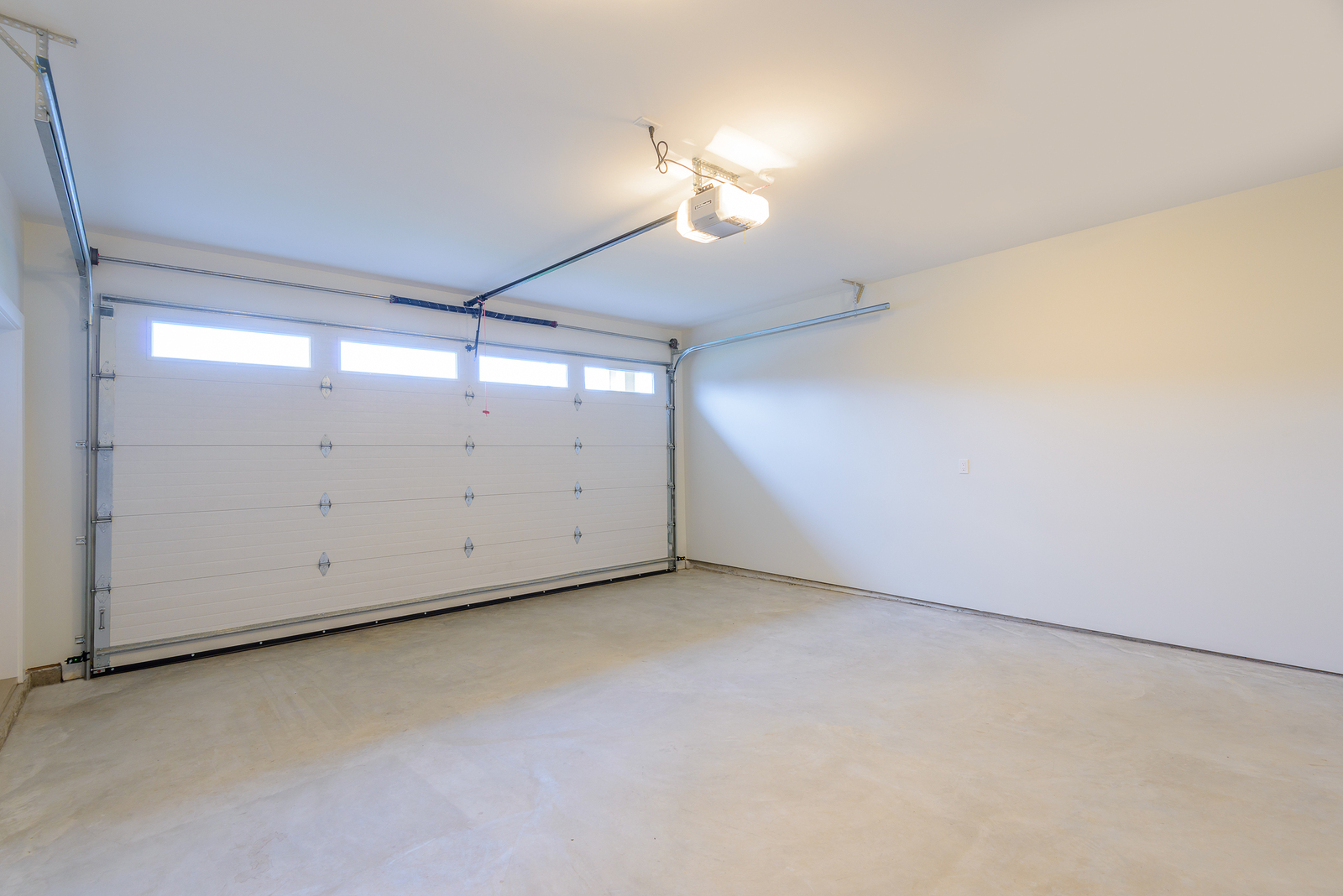The Anatomy Of Your Garage Door

When you're in the market for a new garage door, chances are you'll hear a lot of technical terms thrown around by your dealer. Or perhaps your door isn't functioning properly, but you're unsure what's causing the issue. Understanding the parts of your garage door can make it easier to diagnose issues, perform routine maintenance, and make an informed purchase decision. Here is a breakdown of the parts found in standard roll-up garage doors with electric openers, along with their functions.
Door Panels
This one is simple; this is the "door" part of your garage door. Garage door panels come in many different designs and materials, from aluminum to fiberglass to wood.
The Operator
In the image above, this is the powered mechanism secured to the ceiling. The motor within this component is what drives the garage door. Signals are sent from your remote or wall opener to the operator, and it sends the rest of the door's components into action.
The Hinges
These are what hold your garage door together. The hinges secure the panels to one another, allowing the door to bend as it moves along the track. The door above has five hinges between each panel, evenly spaced along the width of the door. While hinges are unlikely to break, they can get noisy over time and should be lubricated.
The Rollers
The rollers on your garage door function much like bearings. They roll along the track as your garage door opens and close, allowing for easy movement of the door. Usually a door has two rollers at the top and bottom along with many center rollers, all positioned at the door's edges. These play an important role in the smooth operation of the door and the noise level. New rollers will glide smoothly and quietly, while worn out rollers will be much louder.
The Tracks
There are three garage door tracks as shown above. Two are visible at the edges of the door and one is located in located the middle. The tracks at the edges are called door tracks. Your door follows the path that these create as it opens and closes. The middle track is where your chain is located. This track shields the chain while it operates.
The Chain
The chain works in conjunction with the motor and springs to raise and lower the door. A chain drive door is the cheapest and oldest option, and therefore the most common. It functions similar to a bicycle chain to move the door. Some doors use belts or screws instead of a chain. They are more expensive options, but are quieter and require less maintenance.
Curved Door Arm
In the image above, the curved door arm is visible at the very center of the door, attaching the door itself to the chain. When the chain moves along the track, the curved door arm does as well. Depending on the direction of the chain, this will cause the door to open or close.
The Torsion Spring
This is the large spring centered just above the door. This spring is secured to a metal shaft that has the drums on each end. When the door operates, the spring will wind or unwind and move the metal shaft. In conjunction with the drums and cables, it makes it easier for the door to be raised or lowered and creates a well balanced system.
It's important to note that garage door springs are very tightly wound. Broken garage door springs can cause a significant amount of damage or injury to anything in its path. It's best to consult a professional for any problems that occur with your torsion spring rather than risk causing harm to yourself or your home.
The Drums & Cables
The two drums are located at the top of the door on either side on the same shaft as the torsion spring. The cables are wrapped around them and run the length of the door, where they are secured to the bottom. When the door is in motion, the torsion spring winds or unwinds and turns the metal shaft. This causes the drums to turn, which will wind or unwind the cables, helping to pull the door up or lower it slowly.
The Emergency Release
The emergency release is the familiar red cord that hangs from the the center track of all garage doors. When pulled, it allows you to operate your door manually. This is especially useful during power outages or in cases when the door or opener is broken.
Service From Hamburg Door
Whether you're purchasing a new door or repairing an old one, understanding the many components your garage door is an important part of the process. Knowing how these parts work together will make it easier for you to provide routine maintenance or purchase a new door that fits your needs.
And if you ever need help, the expert garage door technicians from Hamburg Door can also provide you with repairs, maintenance, and new door sales at any time.



